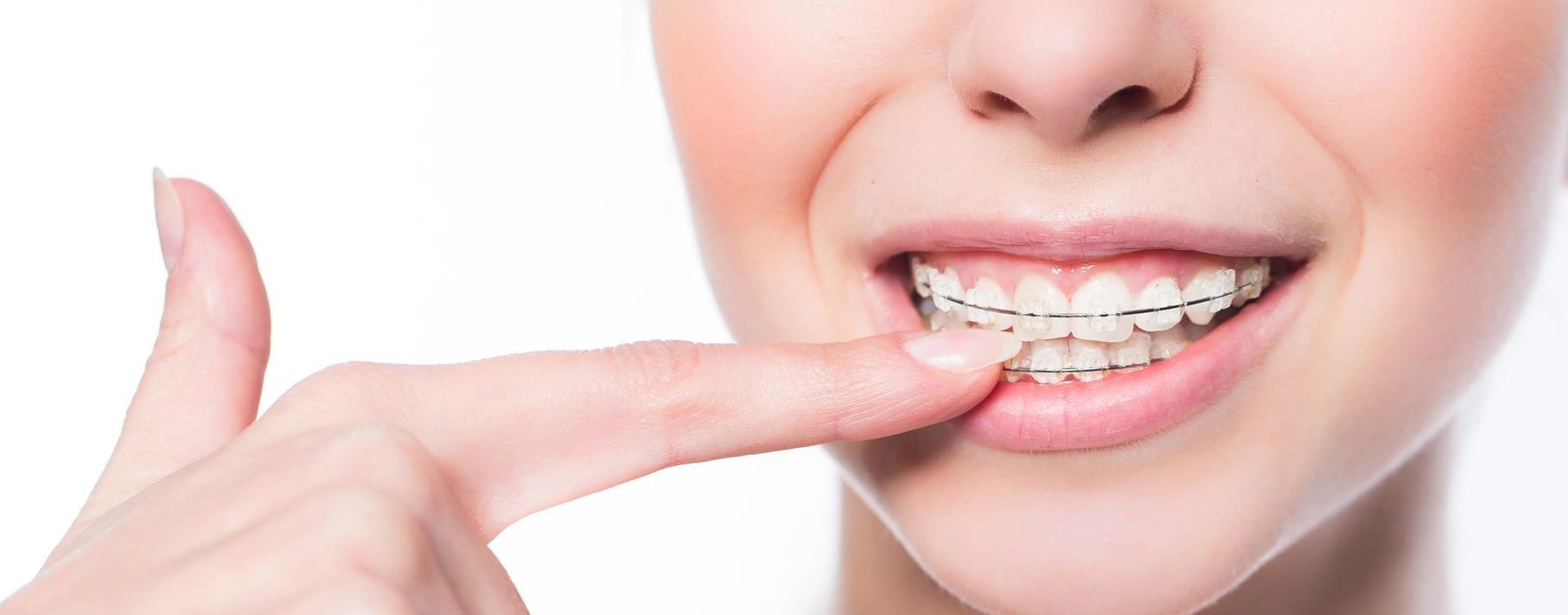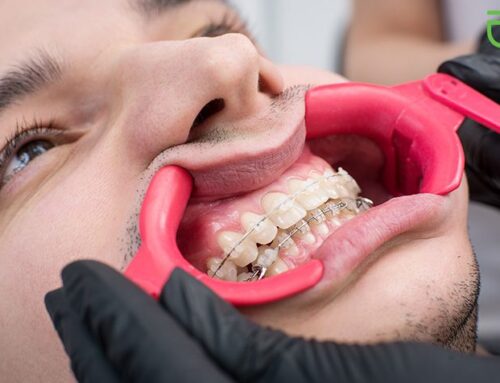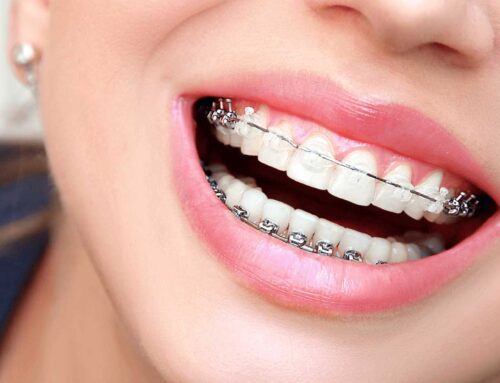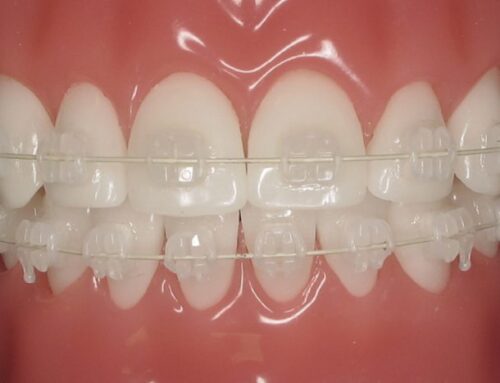Why Should I Get Braces? Understanding the Reasons for Orthodontic Treatment
For many pre-teens, teenagers, and young adults, braces are something that raise a lot of questions about whether they need them, what they will be like to wear, and what the end results will be. This is understandable, since undergoing orthodontic treatment is a big commitment and can take a considerable amount of time to complete. In addition, braces are now becoming much more common among mature adults who wish to achieve specific changes to the appearance of their smile, or perhaps require braces for other medical reasons.
With such a diverse age range for orthodontic patients, it’s to be expected that the variety of reasons for getting braces would be equally diverse. Many patients choose to pursue orthodontic treatment for the simple reason of getting straighter teeth. Other patients may have a longer list of objectives for their braces, including increased oral comfort, correction of dental problems, or other medical reasons that extend beyond appearance and in to more serious areas of concern.
In this article, we are going to go through some of the various reasons why people end up getting braces, including personal or aesthetic goals as well as dental health or medical requirements, and everything in between. In addition, we’ll also touch on some of the different kinds of braces that are available, and how they each provide certain advantages in a variety of cases. First, let’s start by exploring some of the many reasons why you may want, or be required, to undergo orthodontic treatment using braces.
Common Reasons to Get Braces
To Straighten Misaligned or Crooked Teeth
Certainly, the most common reason many patients choose to get braces is to produce a straighter set of teeth. It’s quite common for your permanent adult teeth to grow in to your jaw in ways that aren’t 100% perfect. Once you have your complete set of adult teeth, it may become evident that their alignment and orientation in your jaw needs to be corrected to provide you the appearance that you desire. Braces are the standard method for teeth to be re-positioned and aligned within your mouth so that each tooth is straight and in the ideal location.
To Correct an Overbite or Underbite
In cases where a patient has a prominent overbite or underbite, braces can be used to correct these issues. Overbites and underbites can have negative effects on chewing, speech, and other aspects of your general oral health and well-being. As you progress from childhood to young adult, these problems can become progressively more noticeable and troublesome, and so your dentist may recommend orthodontic treatment in order to address the issue.
To Adjust Jaw Size or Tooth Spacing
Everyone grows at a different rate at different stages of their life. Sometimes you may jump two shoe sizes in one summer or shoot up in height faster than your classmates at school, and the same goes for the growth and development of your mouth, jaw, and teeth. Sometimes, patients experience the loss of baby teeth rapidly in their youth and the advent of their adult teeth occurs faster than their jaw can properly grow to accommodate the larger size of these teeth. This results in crowding in the jaw and no space for the adult teeth to properly position themselves. Conversely, sometimes it takes longer than expected to lose baby teeth and when the adult teeth grow in, there may be excess space between them causing gaps. In either situation, orthodontic treatment is often recommended to assist the growth and development to prevent more serious problems in the future.
To Repair Damage or Injury
Much in the same way that a cast holds a damaged limb in the correct position to heal properly and as fast as possible, braces are often used to assist in the repair and healing of damaged or injured teeth and jaws. If an impact or injury has caused teeth to become misaligned, or perhaps an illness or disease has had damaging effects on your teeth, braces may be recommended as a way to aid in the healing and repair of your mouth in order to ensure that you get back to the best health as quickly as possible.
Other Reasons to Get Braces
Of course, these are not the only reasons that braces are used. They have also been used to solve problems such as persistent grinding of teeth, speech problems, snoring, and many other problems that are related or connected to the mouth, jaw, and teeth. These issues can all have serious impacts to your quality of life, and so be sure to consult your doctor or dentist to discuss potential solutions and remedy the situation before it becomes worse.
Benefits of Straighter Teeth
This list of reasons for getting braces and undergoing orthodontic treatment covers many different situations, but the end results that patients achieve go far beyond simply addressing the initial problem. After your braces are removed at the end of your treatment, you’ll experience many benefits. You will have greater self-confidence and happiness with your appearance. You will have greater comfort when eating, drinking, and speaking. You will be less prone to develop a variety of dental health issues as you age. You will have improved ease and consistency when cleaning your teeth. The benefits of undergoing orthodontic treatment are well worth the time commitment needed to achieve the final results.
Different Kinds of Braces
If braces are the solution to your dental issues, you’ll be pleased to learn that there are many different options available to you in the function and appearance of your braces. Let’s explore the various kinds of braces, and how they differ in form and function.
Metal Braces
These are the braces that you are likely the most familiar with, as they have been around for the longest time and are the most popular and common type of braces. Metal braces consist of a series of brackets, adhered to each individual tooth, and connected by a wire. At regular intervals, the braces are adjusted and tension is placed on the teeth in order to gradually reposition them in the jaw to achieve the necessary movement and get them in the correct locations. While these are the most well-known and often the most affordable, they are also the most visually noticeable.
Ceramic Braces
Ceramic braces are very similar to metal braces in terms of their function, but they use alternative materials for some of their components in order to reduce the visibility of the braces in your mouth. Often, the ceramic can be closely matched to the natural colour of your teeth so that they are less noticeable, while still achieving the necessary movement of the teeth in your jaw to the correct locations. Ceramic braces are a popular option for many orthodontic patients who desire a more subtle approach to the appearance of the braces in their mouth.
Fast Braces
As their name implies, fast braces (also known as accelerated braces) take less time than traditional braces to achieve the desired results, even though they are virtually identical in appearance to common metal or ceramic braces. The key to the reduced time needed with fast braces is that they are used in conjunction with several other treatment methods to increase the ease with which the teeth will move in the jaw. Adjustments of the braces occur more frequently, and the accompanying treatments reduce the discomfort of the process. For a complete understanding of how Fast Braces work, refer to our article on Fast Braces here.
Invisalign
This newest method for braces is quickly become the preferred option for a wide variety of patients. The Invisalign system is a unique approach to orthodontics, using clear aligners that are virtually invisible as a replacement to traditional wire-and-bracket braces. These aligners can easily be removed and replaced by the patient at any time for eating, drinking, or cleaning, and provide a significantly more comfortable and convenient orthodontic treatment experience. Each aligner is designed to move the teeth to a slightly different position along the progression to the final position and are worn for about a week at a time. For full details on the Invisalign method for orthodontic treatment, consult our article on Invisalign here.
Conclusion
As you can see, there are many different reasons that you may have for choosing to undergo orthodontic treatment. Whether you need to correct an issue in the mouth that is causing problems with your overall health, or if you simply want a straighter, more beautiful smile, braces are a great way to achieve your goals. And with so many different styles and types of braces to choose from, you can be sure that there will be an approach that works for you.
To start the process of your orthodontic treatment, book an appointment at Georgian Dental® and obtain a free, no-obligation consultation. Our team of dental professionals will be glad to explain all your options and discuss any questions or concerns that you may have about braces, and what to expect from the experience.
Appointment Request
If you’re interested in any of our procedures, and would like to meet with one of our dentists to discuss options, costs and get additional information, complete this short form and we’ll give you a call to arrange for a no-obligation appointment at our Barrie clinic.










